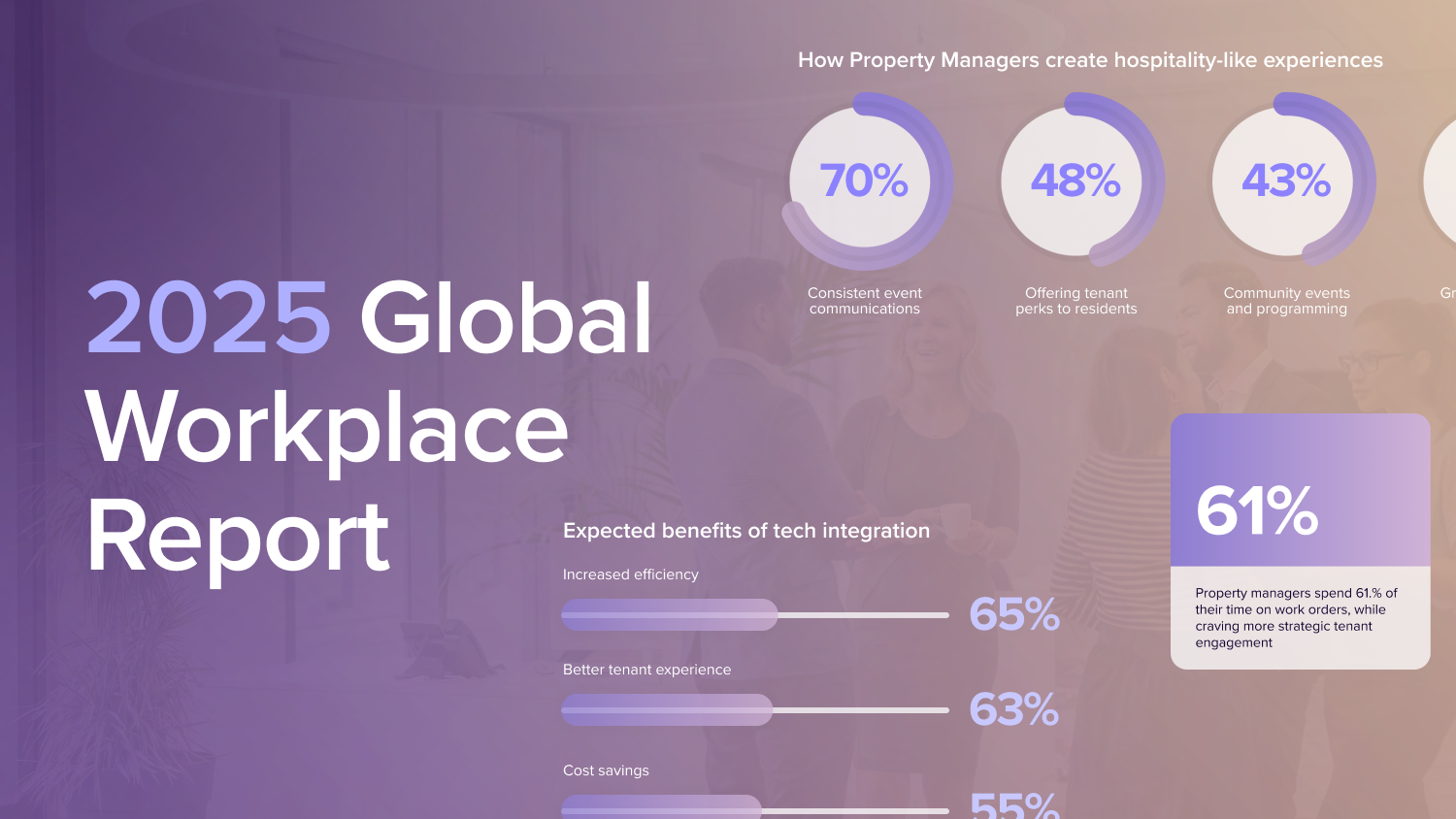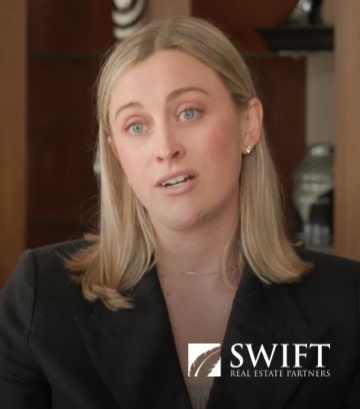
Nowadays, managing commercial real estate involves so much more than just providing people with office space. Today’s tenant expects a workplace experience that’s social, engaging, and, perhaps most importantly, seamless.
As tenants demand more and better amenities and easy-to-access services, the day-to-day operations required to keep your building running grow increasingly time-consuming, complicated, and tedious.
Tasks like checking in guests, promoting events, and more may even overwhelm your team and make them less efficient. Research shows that workers spend an average of 520 hours a year—more than a full day of work each week—on repetitive services and tasks that could be easily automated.
Fortunately, automation technology offers a faster and more efficient way to handle day-to-day operations, resulting in better-managed buildings, better-performing property teams, and, best of all, happier tenants.
This article breaks down what automation can do for property management, highlights three key tasks you can easily automate, and shows you how to get started.
Using Automation for Property Management
When it comes to the routine tasks of property management, automation removes the need to rely on everything from email chains and phone calls to form fills. Instead, it allows commercial building owners and property managers to create simple workflows to automatically notify the right people about the right information at the right time. How great is that?
In a nutshell, a “workflow” refers to a series of automatable actions in a given business process. In property management automation, workflows might include signing a visitor in, notifying a tenant when their guest has arrived, and so on.
By automating these and related workflows, property managers can save countless hours. Research shows that in about 60% of occupations, at least one-third of the activities that make up a specific job could be automated.
Three common property management tasks that can be automated
Automation can help speed up several processes in the workplace. Here are just a few.
1. Service, amenity, and event management
With a solution like VTS Activate, tenants can sign up for yoga classes, workshops, and other services, events, and amenities with their smartphones, freeing up your property team from having to worry about things like overbooking, cancellations, reminders, and so on.
You can also track RSVPs and manage check-ins, ensuring that any third party hosting an event in your building doesn’t need to rely on your staff to manage the sign-up process.
2. Visitor management
With robust property management software, save visitors and your team time at the front desk with automated mobile visitor passes. You can notify tenants and relevant building team members when their guests have arrived.
3. Maintenance and cleaning requests
Property management software can also help automate day-to-day tasks like communicating maintenance and cleaning updates. Tenants can report maintenance issues or request cleanings via the app and then track the status of their request without needing to check in with building staff. When a maintenance ticket is closed after an elevator is repaired, for example, the tenant who reported the issue can automatically get a notification that the issue has been resolved. By automating these tasks—in part or whole—you can free up additional time for your building management team to focus on more meaningful work and enable tenants to access necessary information quickly and easily.
Smart automation for property management
Task automation can be very simple for property managers to implement when they have the right software. Plus, having a user-friendly platform will encourage your tenants and staff to feel excited about the new changes.
With workplace automation software like VTS Activate, property managers can transform their building into a well-oiled machine that hums along pleasantly and efficiently.






